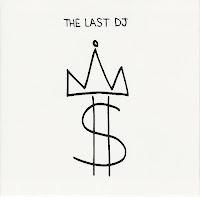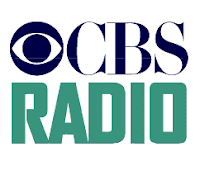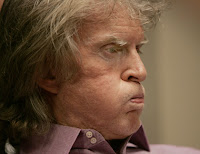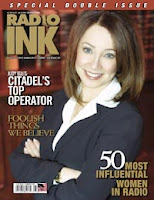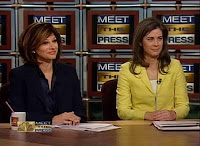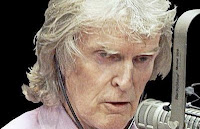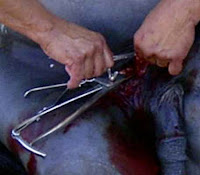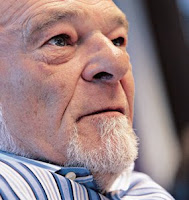
I’ve been on a quest to unearth a non-radio research study that exceeds some of those recent crazy claim reports certain researchers have done on our industry.
How about the one in support of
HD Radio, which claims that
Microsoft’s latest Zune model will save that digital disaster?

There’s the one commissioned by the
NAB and
RAB on the “success” of their
Radio Heard Here campaign.
Did you happen to read the new piece-of-you-know-what research claiming that
buying smart phone apps for radio stations will automatically translate to actual listening to terrestrial radio on mobile?
Radio-oriented research has become so tainted and implausible that it’s not taken seriously by anyone other than those in the industry that concoct them. Most level-headed individuals in radio would prefer that these radio witch doctors would just go away.
If you want one true fact, it’s this. When a troubled industry churns out highly questionable and excessively positive “research studies,” like it or not, they send the wrong message.

It’s the message of a scoundrel, a liar, a manipulator. It’s not the image radio wants or needs.
A few of the usual suspects sent me threatening e-mails for daring to criticize their fiction
…er…findings.
And now I think I’ve found a research study that almost tops some of the wild and weird research on radio we’ve been reading from those usual suspects.

Let’s look at this new, just-released study from the Minneapolis-based
MORI ResearchIt reveals, among other things, that 59 percent of adults identify newspapers as the leading advertising medium they use for planning, shopping, and purchase decisions.
See, the newspaper industry, like radio, has a problem. It loves to manipulate research.
 Newspaper Association of America
Newspaper Association of America (Pronounced "nay") CEO
John Sturm said of the new study, “While new technologies have their place in any total marketing program, newspaper advertising remains the most powerful tool for advertisers who want to motivate consumers to take action.”
One-hundred years ago, the village blacksmith said, “While automobiles have their place in any transportation medium, horses remain the number one means of transportation.”
MORI’s “preliminary data,” as they call it, showed that rival media trailed well behind newspapers as the primary medium for advertising.

Newspapers came in at number one with 41 percent. Yes, pause for a chuckle.
Moving right along, the Internet was number two at 21 percent. Direct mail was third with 14% percent. Television weighed in at fourth with only 8 percent. Catalogs came in fifth at 6 percent followed by magazines in sixth place with 3 percent.

Last, but not least, was radio, coming in with a whopping 2 percent. No medium did worse.
In fact, “None of These” fared better than magazines and radio with its 5 percent showing.
It gets better.
The study also claims that:
73 percent of adults regularly or occasionally read newspaper inserts. What? Can’t you break it down between those that regularly read inserts and those that occasionally check them out?
Even the deef and dumb HD Radio “studies” weren’t that ambiguous. On second thought, I take it back. They were.
82 percent were “spurred (
their word) into action” by a newspaper insert in the past month.
Here’s the breakdown on the “action” they took: 61 percent clipped a coupon; 50 percent bought something (which makes you wonder about all those coupon clippers that didn’t buy anything); 33 percent went to a web site to “learn more,” and 27 percent tried something “for the first time.”
MORI added that their “preliminary data” also revealed that other media trailed “well-behind” newspapers as the primary medium for checking advertising.
MORI claimed this study was “conducted this phone and Internet survey of more than 3,000 adults for the Newspaper Association of America representing the $47 billion newspaper industry and more than 2,000 newspapers in the U.S. and Canada.”
How about that? – the Newspaper Association of America.

Let’s take it one step further. Who are MORI’s clients?
Gannett (via
USA Today),
Knight-Ridder, which no longer exists (
The McClatchy Company of Sacramento, Calif. purchased its assets in 2006),
the Seattle Times, the Washington Post, Copley Newspapers,
the San Antonio Express-News,
the Orange County Register, and the Sunday newspaper nationally distributed
Parade Magazine, among others.
They also do research for
AOL. And we know how healthy that joint is these days.
You’ve probably heard about the five stages of decline in business: 1. Hubris born of triumph; 2. The unbridled pursuit of more; 3. Denial of risk and peril; 4. Grasping for salvation - and 5 and final - Surrendering to irrelevance or death.
That moment of truth arrives in stage four. Leaders recognize the downward spiral they’re in – and their response will determine the business’ fate.
 General Motors
General Motors was locked in denial, believing that they’d survive because – after all, they’re GM. They convinced themselves that they’d come up with a hot new model car or truck to save their sorry asses. They flew to Washington, figuring they’d twist a few arms and return to Detroit with a few bucks to keep the lights on until they reinvented the wheel.
Their CEO lost his job.

Rival
Ford read the room, recognized their dilemma, and changed the dynamics of their business.
Though the downward spiral sequence is alarming, the outcome can be reversed at any stage of the process except for number five.
If you haven’t figured out the scorecard, please be advised that both radio and newspapers are hanging on –
and just hanging on – in the fourth position.
I don’t want to see radio or newspapers go under. Both must recognize the 21st century and transform the way they do business.

There are too many radio CEOs that are trying so hard to convince themselves that they’re the
Comeback Kids of the industry. I hate to clue them in. They’re more like the next
Freddie Kruger – and the future of their version of radio industry may well be their
Nightmare on M Street.But, come on, admit it. Wasn’t it nice to read someone else’s lies for a change?
----

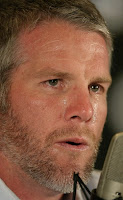
 Last season, 96 percent of home games were carried locally. The previous four seasons were at 95 percent. The all-time high was 97 percent in 2006, when everyone was still partyin’ like it was 1999.
Last season, 96 percent of home games were carried locally. The previous four seasons were at 95 percent. The all-time high was 97 percent in 2006, when everyone was still partyin’ like it was 1999.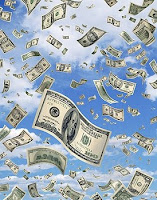 Face it. TV is screwed, blewed, and tattooed on this one. Even if the local games are carried, TV’s been hit with a steep decline in auto and financial spot buys. Coincidentally, those two categories are among the NFL’s largest advertisers.
Face it. TV is screwed, blewed, and tattooed on this one. Even if the local games are carried, TV’s been hit with a steep decline in auto and financial spot buys. Coincidentally, those two categories are among the NFL’s largest advertisers.


